| The Magneticum simulations are aiming to follow the formation of cosmological structures over a large range of cosmological scales by performing a set of hydrodynamical simulations of different cosmological volumes, each of them sampled with a very large number of particles providing excellent spacial resolution of the different simulations. We take many physical processes into account to allow detailed comparisons to a variety of multi-wavelength observational data. See Simulations for a detailed description for astrophysicists. Media shows images and movies while FAQ explains how to access data products which are also directly available via the Cosmological Web Portal. |
News
|

|
|
|
Large-scale cosmological simulations utilizing modern supercomputers play a significant role in theoretical studies of the structure formation of the Universe. They are essential tools for accurately calculating theoretical predictions of the distribution and state of the baryonic and dark matter in the Universe. Especially in the non-linear regime of gravitational dynamics and hydrodynamics, where galaxies and clusters of galaxies form out of the large scale structure, they are of utmost importance. To fully exploit the potential of the upcoming large sky surveys for cosmology and to study the effects of Dark Energy, it is necessary to improve the predictions of how the large-scale structures are traced by the luminous matter.
This demands a detailed description of various complex, non-gravitational, physical processes in the simulation codes, which determine the evolution of the cosmic baryons and have an impact on their observational properties. Amongst them are the star formation and related feedback; chemical pollution by SN Ia (Supernova Type Ia), SN II (Supernova Type II) and asymptotic giant branch (AGB) winds; transport processes like thermal conduction; the evolution of black holes and their related active galactic nucleus (AGN) feedback as well as magnetic fields. All these must be self-consistently coupled with the underlying hydrodynamics. The Magneticum Pathfinder Simulations are a set of cosmological, hydrodynamical simulations following 1010 particles and beyond, including those physical processes in details. The most computational intensive of them covers a cosmic volume of 1 Gpc3 and will allow us to produce a theoretical counterpart to interpret the data coming from the current and the forthcoming astronomical surveys or instruments, e.g. PLANCK, SPT, DES and eROSITA. This will be supplemented by simulations of smaller volumes with higher spatial/mass resolution to follow the evolution of galaxies in detail and, especially, the AGN population. This will allow, for the very first time, to self consistently study galaxy clusters and groups, galaxies, and AGN within an enormous volume of the Universe as well as study galaxy formation and its interplay with black hole evolution in detail. |
|
Members of the project are affiliated with: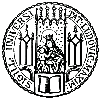






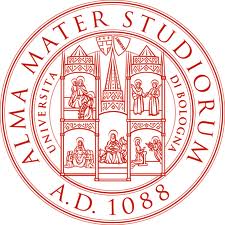


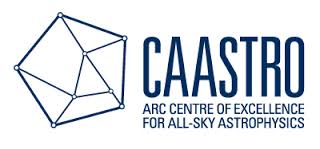

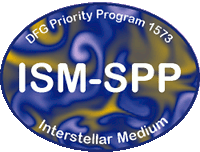
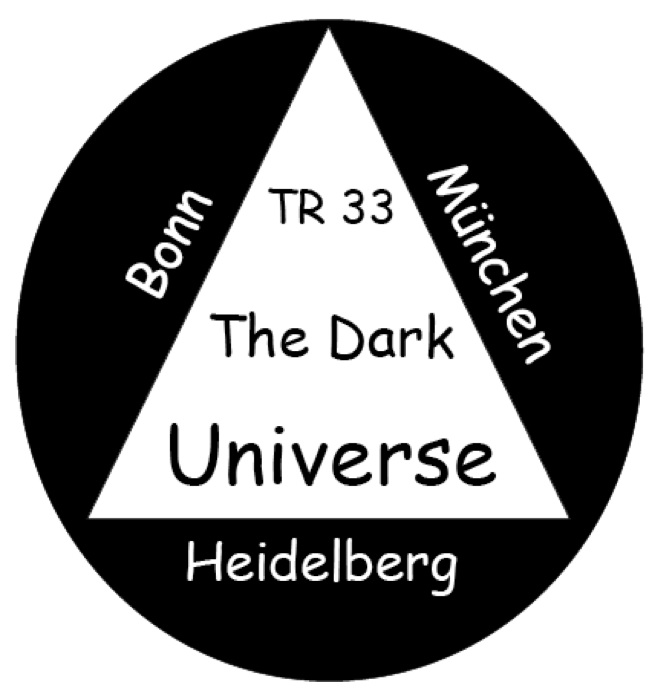

|
